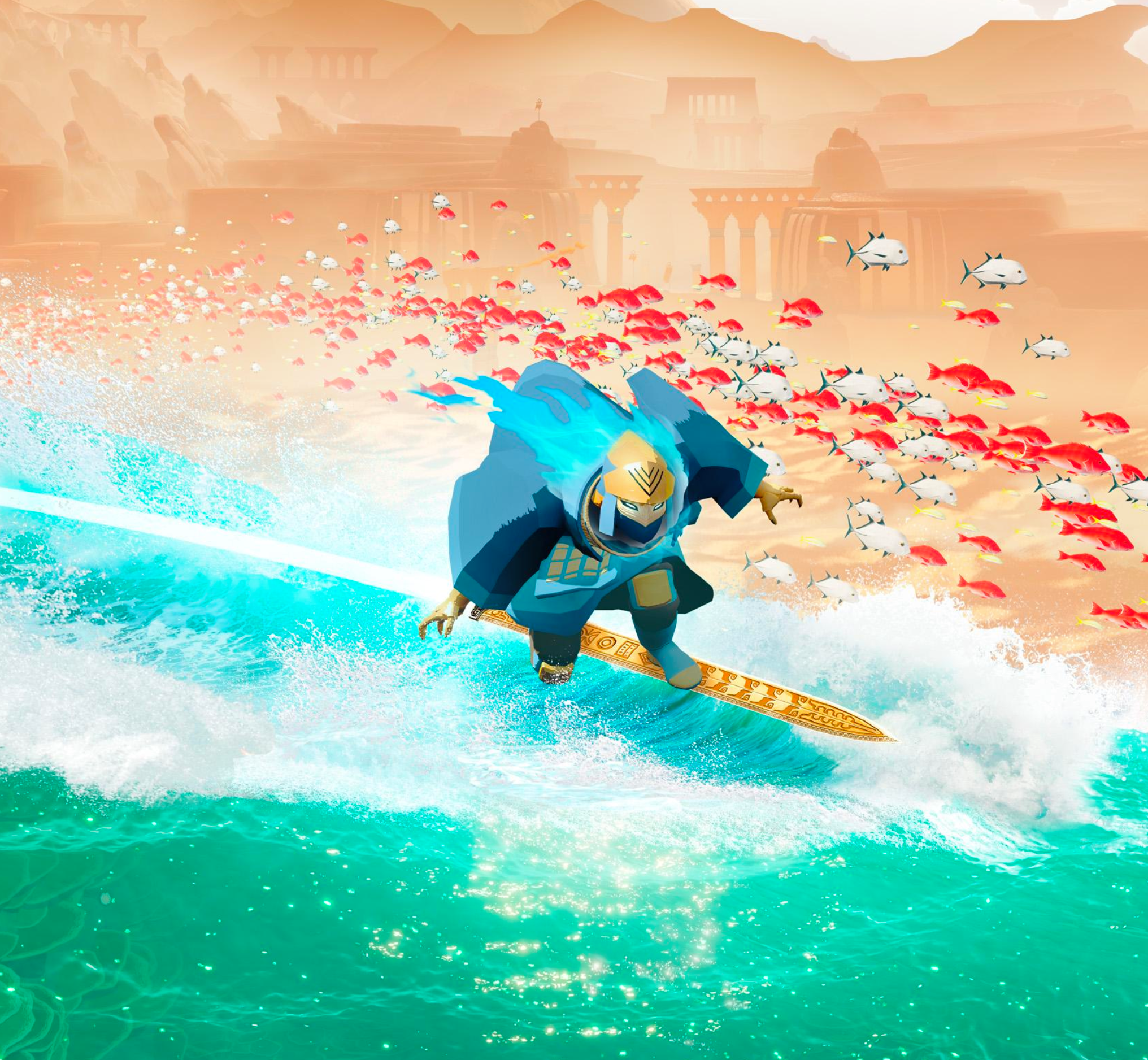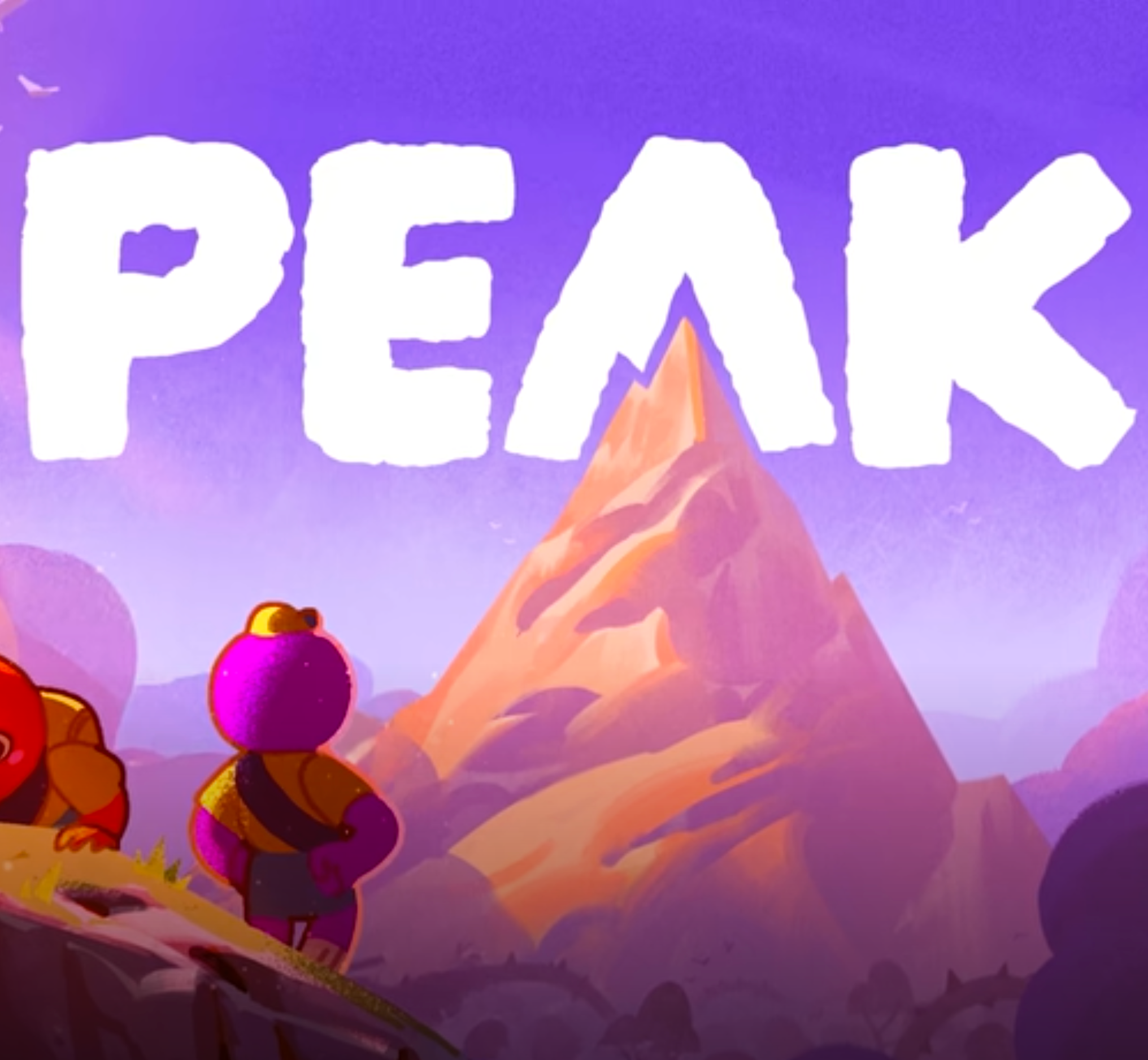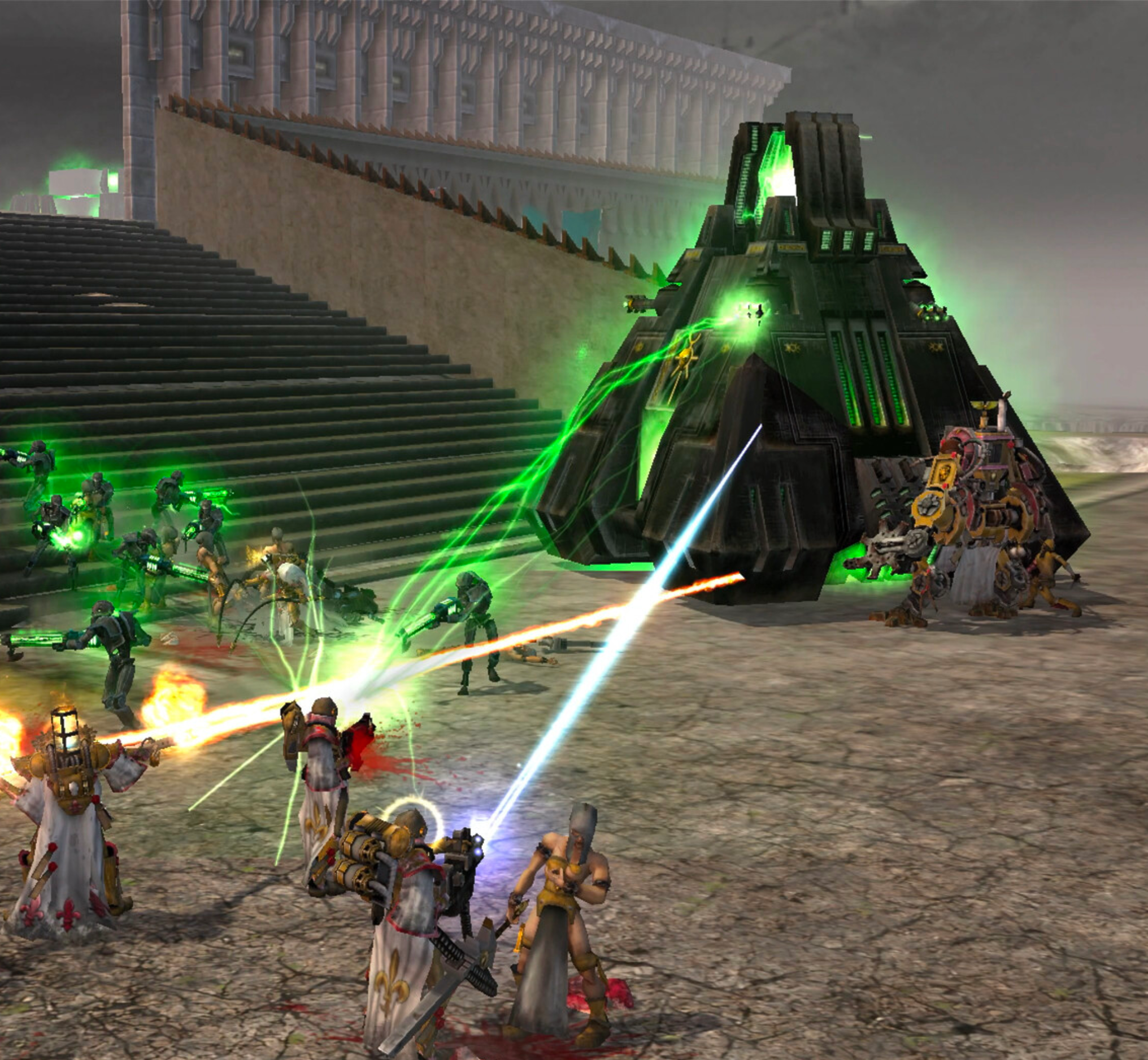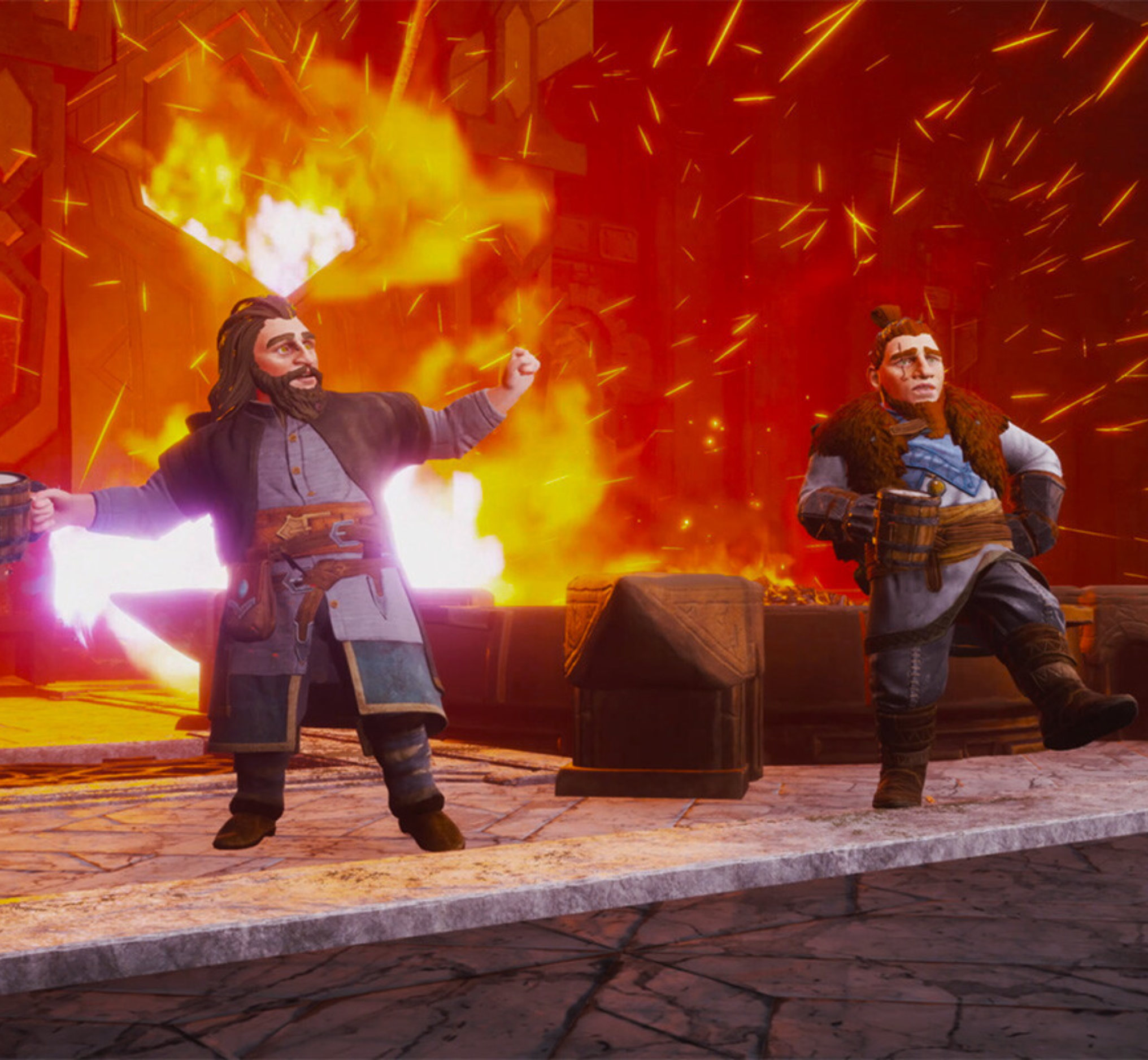The creative minds behind Journey and Abzû are returning with a visually stunning and emotionally resonant new title. Sword of the Sea, the next project from developer Giant Squid, is set to launch on August 19 for PlayStation 5 and PC. Designed as a tranquil yet deeply immersive “surf-adventure,” the game blends fluid motion mechanics, environmental storytelling, and themes of restoration in a mystical world.
Set in a dreamlike landscape filled with ancient ruins, shimmering dunes, and ocean-like waves made of sand, Sword of the Sea invites players to explore a world in decay—and to bring it back to life. Players control the Wraith, a lone figure resurrected in a desolate world once shaped by powerful forces. Your main companion throughout this journey is the Hoversword, a unique board-like device that functions as both a mode of transportation and a tool for interacting with the environment.
Unlike traditional platformers or action games, Sword of the Sea focuses on momentum and flow. The hoversword lets players glide, carve, and soar through vast biomes with a combination of skateboarding, snowboarding, and surfing-inspired controls. Movement is not just traversal—it’s an expression. The world responds to your momentum with shifting terrain, blossoming flora, and rising architecture, forming a rhythmic connection between player and environment.
Each region in the game has its own emotional tone and gameplay rhythm. One moment you’re slicing through golden sand seas beneath a silent sun, and the next, you’re navigating ancient underwater temples that rise and fall with the music-like pulse of the world. The game encourages environmental restoration, as players awaken long-dormant structures, reshape landscapes, and bring color and life back to forgotten places.
While there are no traditional enemies or combat systems, the journey is not without tension. Large, awe-inspiring leviathans—reminiscent of those found in Shadow of the Colossus—occupy the landscape. These mythical creatures are more symbolic than aggressive, acting as environmental puzzles and emotional beats that challenge the Wraith’s purpose and test their mastery of movement.
Artistically, Sword of the Sea is a continuation of Giant Squid’s signature aesthetic: minimalist character design set against vast, painterly environments. The use of color, light, and music is central to the emotional arc. Composer Austin Wintory, known for his work on Journey, returns with an original score that dynamically evolves based on player interaction, seamlessly blending ambient tones with sweeping orchestral crescendos.
Accessibility and immersion are key priorities in Sword of the Sea. The game includes fully customizable control schemes, haptic feedback integration on PS5, and visual cues for auditory moments, ensuring a broad range of players can experience the journey in full.
Sword of the Sea promises to be more than a game—it’s an experience of stillness, movement, and quiet transformation. It doesn’t rush the player but rather invites them to reflect, explore, and connect with a world that, while silent and shattered, still remembers how to sing. For fans of contemplative, emotionally rich adventures, August 19 marks a voyage worth taking.



